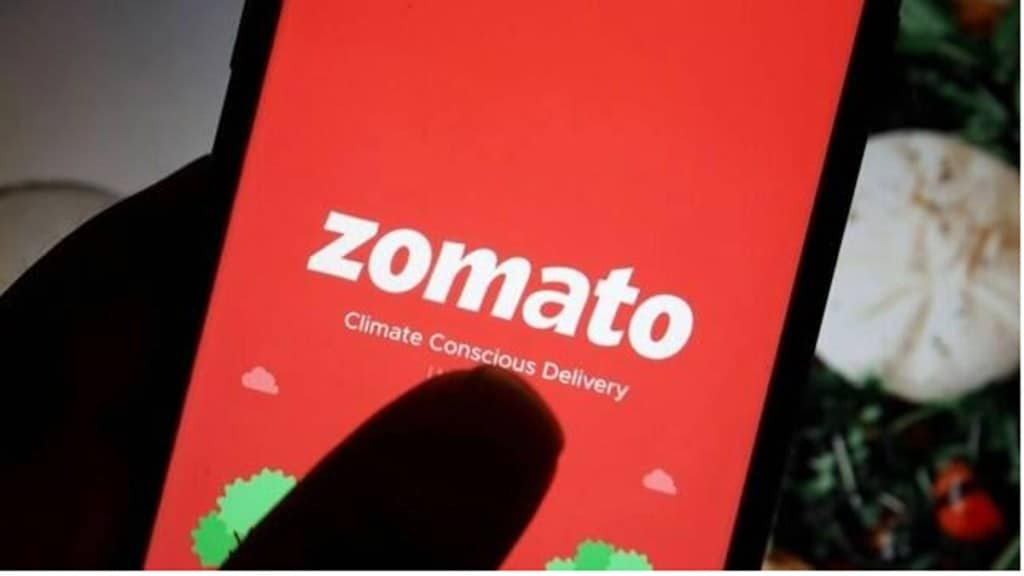Food delivery platform Zomato said its margins are getting negatively impacted as more users sign up for its loyalty programme Zomato Gold, mainly because of the discounts and benefits it entails.
In its shareholder letter on Q2 earnings, the company’s management spelled out the unit economics of a food order placed by a Gold member, compared to a non-Gold member. “As of now, a Gold order is less profitable than a non-Gold order due to the impact of program benefits,” said CFO Akshant Goyal.
Zomato’s Gold membership offers benefits such as free delivery under 10 km on orders above Rs 199, guaranteed on-time delivery or a full refund, incremental discounts, and priority service during rush hours. It is currently priced at Rs 349 for three months. The programme competes aggressively with Swiggy’s One membership, which is priced at Rs 299 for three months, with a “lite” version at Rs 149 for three months, which allows 20 free deliveries.
Zomato’s management noted that the cost to fulfill a Gold order is higher than non-Gold orders due to higher delivery cost as average delivery distance is longer, priority service to Gold members during peak hours, and cost on account of the no-delay guarantee. “Subscription fees collected from the members cover only a small part of the incremental costs,” Goyal said. “All of this results in Gold orders being meaningfully worse-off on contribution margin vis-à-vis non-Gold orders,” he added.
However, the management said this gap in margins is starting to narrow as the company is working to make both pricing and cost more efficient. “There is a process to figure out the right way to price this service … we could be sharper in pricing more effectively going forward,” it said on an investor call.
After the company re-launched its loyalty program as Zomato Gold in January, it had consistently increased the price of this service from the initial price of Rs 149 for three months.
Further, the company noted that a Gold member tends to order more frequently than a non-member, increasing the overall order frequency on the platform. “The future upside of higher ordering frequency (which is visible once a customer becomes a Gold member) is what we are investing behind in the present,” Goyal said, adding that he is choosing to focus on growth in absolute contribution profit rather than contribution margin.
Despite this, contribution margin in the food delivery business has increased to 6.6% in Q2, from 5.1% in Q3 of FY23, which was before the re-launch of its loyalty program, benefiting from increased order volume.


